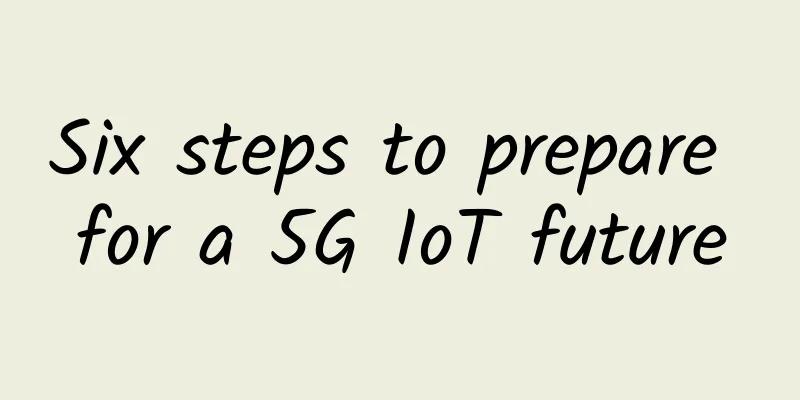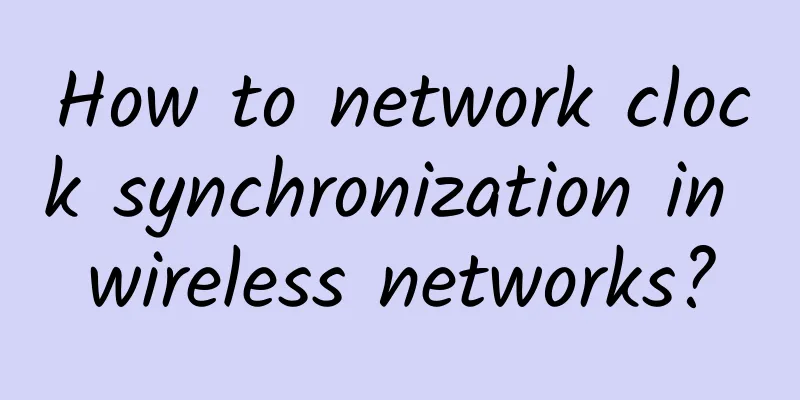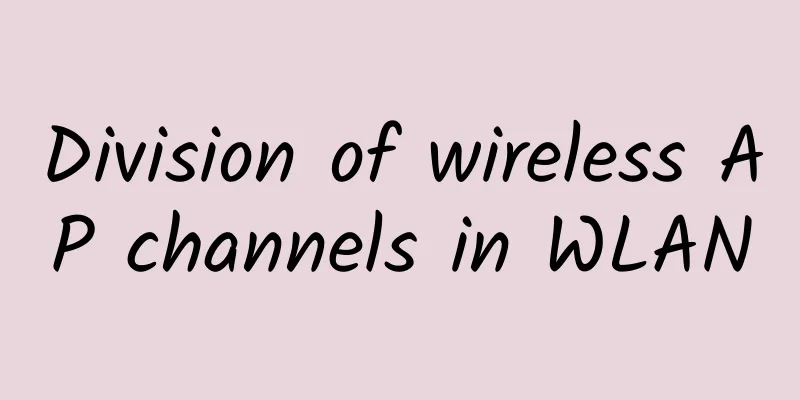Six steps to prepare for a 5G IoT future

|
Gartner predicts that by 2023, there will be 49 million 5G IoT endpoint devices installed, yet today, most companies have yet to realize what this means for their data systems. As the promise of 5G continues to drive massive growth in the IoT, enterprises must build systems to support the data created by all these connected devices. Building these systems requires a new approach to database design. The approaches we use today simply cannot handle the sheer volume of data or unlock its full value.
What do you need to do now to prepare your data systems? Here are six steps. Make sure your data modeling approach is appropriate for your IoT deployment Relational data models aren't going away anytime soon, but they weren't designed to meet the needs of IoT. Time series data models are better suited for managing IoT datasets, where events must be written based on time and then analyzed based on when the events occurred. This type of database provides better performance for IoT applications that ingest and use time series data. IoT devices need to do this, so adding a time series database model sets up a data foundation that can support them. Deploy systems to view data in real time Connected devices are constantly generating data that must be sent and received. It also often needs to be done quickly, which means you need the ability to see the data in real time. The best approach is to add streaming data to support IoT applications. For example, sensor data can be streamed for analysis and any required real-time response. In a medical setting, a patient can wear a heart monitor at home that sends a signal to a medical provider and alerts the provider if the heart rhythm changes. Real-time sensor and data streaming can be used to protect people or cargo from potential hazards. Only a streaming architecture that supports input from multiple data sources simultaneously can provide this capability. Keep only the data you need While IoT will generate a lot of data, some of it will quickly lose its usefulness and therefore does not need to be retained. For example, useful data collected during a project may not need to be retained after the project is completed. Storing unnecessary data is not only costly but also consumes resources. IoT data will need to be assessed for its value and relevance and assigned to the appropriate retention level. You need a database that supports data tiering capabilities, which can store data that has lost its relevance in different tiers to reduce storage costs. When appropriate, this data can be moved to long-term storage or deleted. Scale Planning More and more businesses are turning to hybrid cloud to take advantage of the cost benefits of public cloud while still retaining control over their future. As data volumes grow, IoT will require an ability to scale, and hybrid cloud can improve IoT performance by bringing data processing closer to where the data is created, while still managing it in a centralized repository. No one can really predict how the increase in IoT devices will truly impact data volumes, but we do know that being able to scale as needed will ensure that businesses can keep pace with demand. Being able to scale data horizontally is also more cost-effective, and at this point, hybrid cloud is the best solution for an uncertain data future. Automated data replication Replicating data ensures that you don’t lose data, but it can be challenging from an operational perspective as well as for compliance in certain industries. Data replication transfers data between nodes. By automating this process, IoT edge devices can easily replicate their data to a central repository. Using the same approach for data on all nodes, from individual devices to edge data centers to central databases, simplifies this process further and ensures that applications run the same way on all components. Add analysis Finally, IoT will require strong analytics capabilities. The more data you have, the more you need to exploit the value of that data. Analytics help you discover usage patterns and identify weaknesses in devices. Real-time analytics tools integrated with your data systems will help you leverage IoT data in a 5G world. Taking these six steps will lay a solid foundation for the fast-approaching 5G IoT future. By ensuring your data systems are compatible and support 5G and the data created and analyzed by IoT devices, your business will be able to take advantage of the benefits of IoT and deliver the experiences that today’s modern customers expect. |
<<: In the tug-of-war between NetOps and SecOps, what role does SD-WAN play?
>>: Disaster recovery for edge computing
Recommend
How fast is 6G? You really should know in advance
When people are looking forward to the wonderful ...
5G application complex network security issues cannot be ignored
The commercial use of 5G has brought unlimited po...
Interviewer: How do you understand the TCP/IP protocol?
[[400060]] This article is reprinted from the WeC...
Huawei Cloud's Zheng Yelai: Diversified computing power drives application innovation
As science and technology develops at an increasi...
MIIT releases three-year action plan for industrial internet
MIIT releases three-year action plan for industri...
Practical analysis of network log correlation on OSSIM platform
This article mainly conducts an in-depth analysis...
PebbleHost: $19.99/month-E3-1220v2/8GB/480G SSD/1Gbps unlimited traffic/UK server
PebbleHost is a foreign hosting company founded i...
Only 91 base stations were built in two years. Why is 5G millimeter wave so difficult?
[[405114]] This article is reprinted from the WeC...
Node.js knowledge - How to set cookie information in HTTP request and response
[[398674]] HTTP Cookie[1] is a small piece of dat...
DesiVPS: Los Angeles 1Gbps unlimited traffic VPS for $22 per year, supports free IP change
DesiVPS has launched the Year End Stock Clearance...
spinservers: $19/month - Dual E5-2670, 8G memory, 500G disk, 10TB monthly bandwidth, San Jose/Dallas data center
The tribe has shared information about spinserver...
[6.18] LOCVPS 20% off, top up 100 get 10 yuan / top up 5000 get 618 yuan, 4G memory package starts from 52 yuan/month
LOCVPS (Global Cloud) has launched this year'...
OneTechCloud VPS for the school season is 20% off starting at 21 yuan/month, US CN2 GIA&9929/Hong Kong CN2&CMI large bandwidth/high defense optional
OneTechCloud (Yikeyun) brings you a discount code...
When 5G meets edge cloud, it is the fundamental reason why 5G changes the world
On June 6, 2019, a very auspicious day, the Minis...
Verizon is embarrassed: 5G speed is slower than 4G
According to foreign media, PCMag recently tested...









